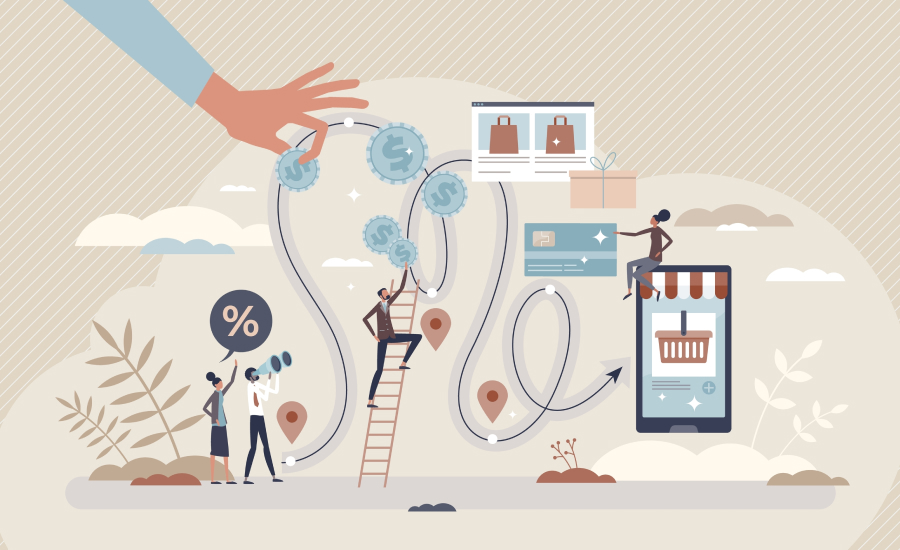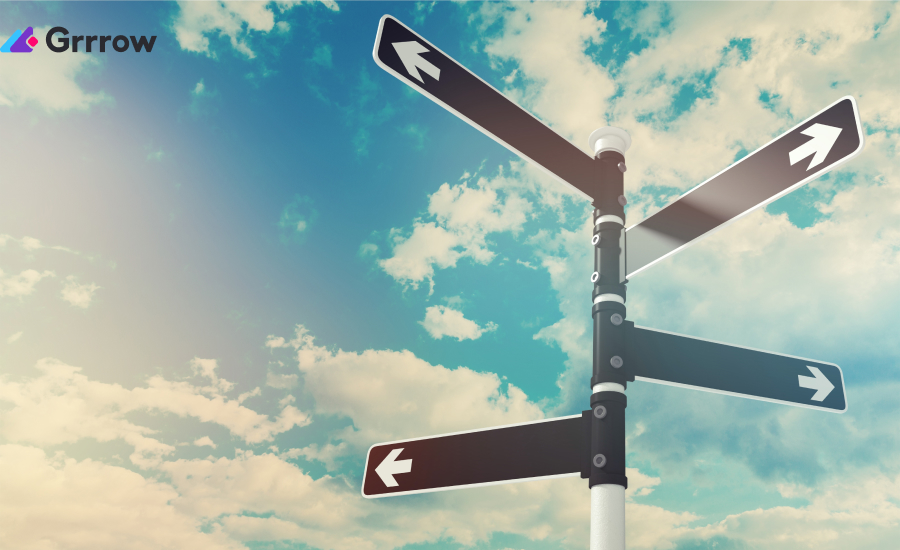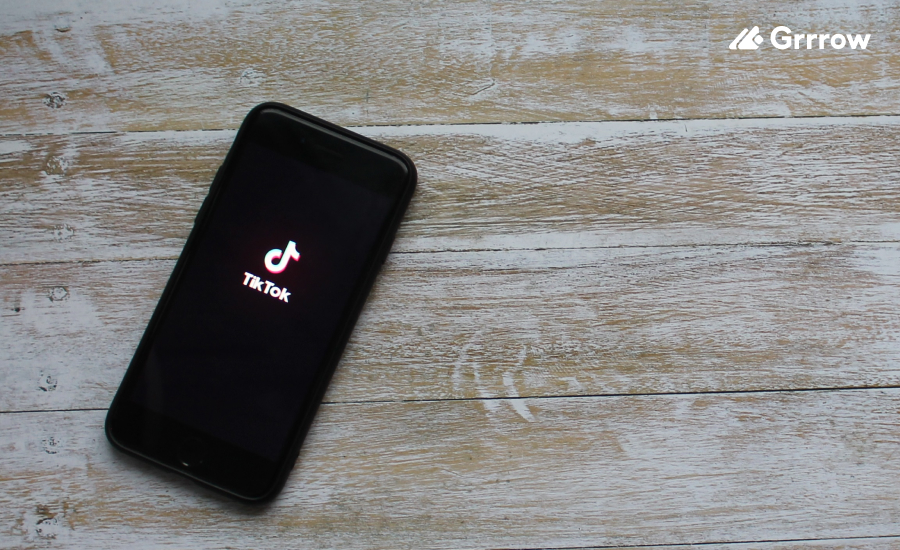- What is the buyer’s journey in marketing?
- Why is it important to create dedicated content for each stage of the journey?
- What content should you use for each stage of the buyer’s journey?
The Customer Journey in Marketing
Impulse purchases aside, most customers begin their journey in an “unaware stage.” They probably fit your buyer persona (the demographics of your ideal client), but the customers themselves are unaware of that. At this point, they don’t know your product nor that they need it.
After some sort of triggering event, the customer’s situation changes. They now feel a proverbial “pain”, they are now aware of a problem that needs to be solved. This is where a buyer’s journey begins.
Let’s say you sell gymwear. Your potential customers may not immediately decide to buy a sports suit. They may take to the internet first, study the topic of fitness, and make decisions along the way. As the customer progresses through their buyer’s journey, you want to assist them by building a content marketing funnel. You direct them in their decision-making process so that the customer ends up choosing to purchase your goods.
Awareness Stage
In this initial stage, the buyer is experiencing symptoms of “pain”. They know that there is a problem and their goal is to fix it. Now, the individual is looking for information that could help them to understand their problem, to name and frame it.
An example of such a person’s search query could look like “How do I get stronger?” Notice that so far they are not yet looking for solutions or providers. Too early for that – at this stage, they’re looking to contextualize their pain. So at this phase of the content marketing funnel, your goal is for your content to show up in search engine results. This will gain the trust of customers at the start of their journey and establish your authority.
Consideration Stage
In this second stage, the person already has a name for their problem, they understand it and are now committed to researching available solutions and approaches to it. The customer is considering their options.
At this stage, an example of a search inquiry would probably look like “What do I need to go to the gym?” The individual is not yet ready to buy, but they are considering the idea. At this phase of the content marketing funnel, you want to research your indirect competitors and educate buyers on their pros and cons.
Decision Stage
At this final stage, the client has decided on the solution for their pain. Now they’re compiling a list of potential vendors and ultimately making a final decision to purchase. So an example of such a buyer’s search inquiry could look like “buy quality tracksuit.” They are ready to spend money and are looking for a provider that they would trust, know, and like, the one that can meet their needs.
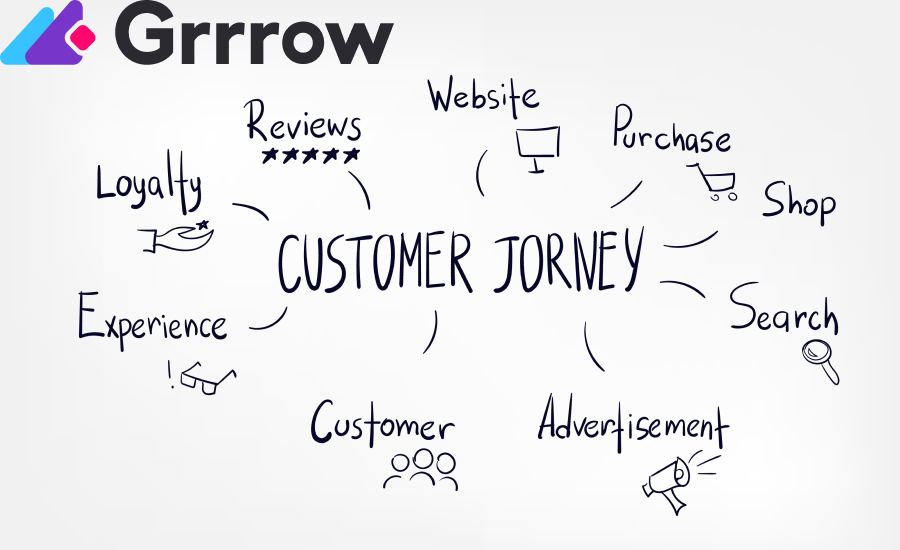
It’s Important to Create Dedicated Content for Each Stage of the Customer Journey
You must understand your audience: what they want, the answers they seek, and the way they look for a solution. With this knowledge, you can craft a content strategy that includes various types of content for each stage of the buyer’s journey. This is also called “building a content marketing funnel.”
Without that, a disconnect is bound to happen between your potential customers and your business. You end up creating content that people don’t relate to, doesn’t correspond to their pains, or doesn’t lead the person further down your content marketing funnel.
So how do you avoid that? Consider the stage of the buyer’s journey that your client is at, how you can meet them there, and which channels can best get your content across to them. A digital marketing funnel allows you to engage with your clients at each stage of their journey through content marketing. You can probably see why most marketers consider content extremely important to any marketing strategy.
For starters, identify the types of content that you will use to reach your customers as they progress through the buyer’s journey. Allow us to guide you through the marketing funnel and the content you may use at various stages.
Content Ideas for Each Stage of the Customer Journey
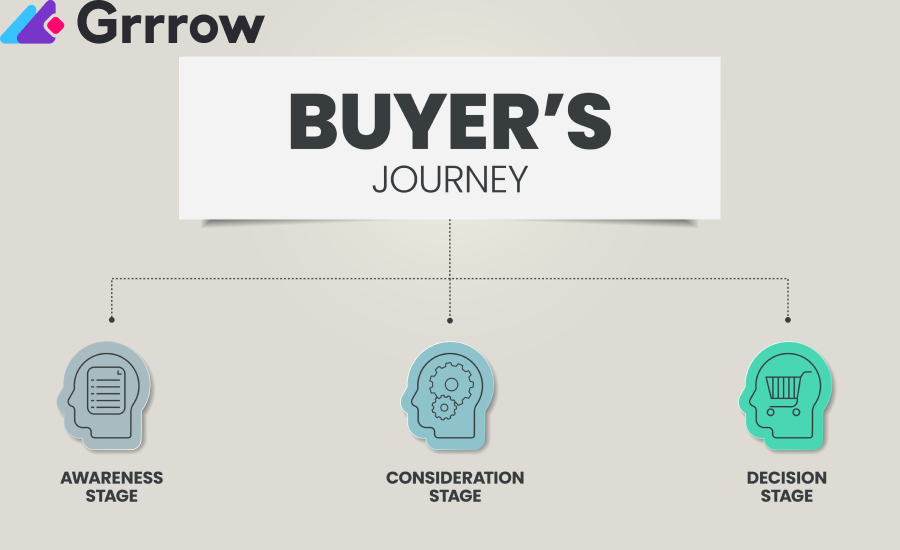
- Awareness Stage – the customer is looking for answers, education, opinions, insight, and resources.
- Consideration Stage – the customer is getting deeper into research, considering whether or not your solution is what they need.
- Decision Stage – the customer is looking to become a buyer and determining what the best way to do this is.
Depending on the industry, business model, pricing, audience, and product, your customer journey funnel will look very different. For instance, B2C customers may spend less time in the middle of the funnel compared to B2B customers. In general, B2B clients will require more engagement, relationship development, and nurturing before they make a purchase.
Since audiences can vary so widely, it’s crucial to perform thorough persona research. Once you understand how your clients become aware, evaluate, and decide, it’s possible to create a truly effective buyer’s journey funnel. You can develop a strategy packed with dedicated content, tailored to your customers.
Awareness Stage
As we mentioned earlier, at this stage a customer is trying to get answers, meet needs, and solve problems. They’re looking for high-quality informational and educational content, directing them to a solution (social media content, ebooks, blog posts). They are still low-value as leads – there’s no telling whether they’ll buy anything from you. However, if such a customer finds your content interesting and helpful, they are likely to move on to the next stage of the funnel.
Here are some of the perfect channels for the awareness stage:
- Blogging
- SMM (Social Media Marketing)
- Whitepaper
- Checklist
- Ebook or Tip Sheet
- Educational Webinar
- How-To Guides
- Kit or Tool
1. Blog Post
Blogging is a perfect tool for content for the awareness stage. Target a topic, pain, or problem that your audience wants to solve and post the solution on your website. This way, you’ll create a Google-crawlable brand asset, ready to be discovered by search engine users. And of course, promoting this content across other channels can never hurt.
2. Social Media Marketing
SMM is a channel that can both distribute dedicated content and promote your other existing content. Three-fourths of customers use some form of social media, you are sure to find some of your audience that’s native to this channel. Whereas blog posts work better in a longer form, social media posts are usually quite short and can also utilize such popular formats as videos.
3. Whitepaper
This is an interesting type of content for the awareness stage. A whitepaper is a guide or report on a particular topic conducted by an organization. They are extremely handy for lead conversion at this stage – you can offer customers to download your whitepaper in exchange for their email address or subscription to your ads. For such an offer to be appealing, it’s key that your whitepaper provides useful and unique information. Then it’s easier for your audience to understand the report’s value and be interested in getting it.
4. Checklist
Checklists work best for complicated subjects, tasks, or problems with many moving parts. Basically, whenever a person wants to have a clear blueprint of what needs to be done to fix the problem or achieve the goal. A handy checklist in infographic form that lists all the necessary steps will work great as an individual piece of content or when embedded in others, e.g. blog or social media posts.
5. Ebook or Tip Sheet
Similarly to whitepapers, tip sheets and ebooks can work miracles as downloadable content. The difference here is that they’re usually shorter and offer more actionable information and advice. For instance, if you’re promoting writing courses, you can create a blog post with a tip sheet of the best words to use in headlines to catch a reader’s attention, and which words to avoid.
6. Webinar
If you’re interested in providing information through video, an education webinar (a.k.a. web seminar) is a great type of content for the awareness stage. It can be streamed live (allowing you to directly communicate with your audience and address its questions) or prerecorded (meaning you have unlimited opportunities to polish the message and presentation in it). Many audiences love more visual and auditory content, and webinars are a great tool to reach them and disseminate information.
7. How-To Guides
Often, a solution to a problem or pain requires an individual to learn a new skill. Before the person decides on purchasing your product, they may require more information about the problem and wish to understand how to solve it. Instructional How-To videos or articles fill this role perfectly, both informing the potential customer and building rapport.
8. Tool or Kit
The previous types of content for the awareness stage that we’ve described tend to target a broader audience. However, this may not always work well for your particular buyer persona. Your customers may require more personalization and utility. If that’s the case, tools and kits become a great type of content for the awareness stage, helping the client to move along the buyer’s journey funnel.
Consideration Stage
As we move on, let’s explore what your consideration stage ads should do. When a customer gets to this stage of the buyer’s journey funnel, you’ve already captured their attention. Now they’ve identified the problem they want to solve and are searching for the best solution. The person is slowly coming to a realization of the imminent future purchase and is trying to evaluate their options.

The consideration stage involves extended engagement as the business is nurturing its leads, establishing trust, and building a relationship with the audience.
Here are some examples of what your consideration stage ads should look like:
- Product Comparison Guides
- Case Study
- Free Samples
Let’s take a closer look at the best content types for the consideration stage of the buyer’s journey funnel.
1. Product Comparison Guides
When the buyer is still considering solutions to their problem or pain, they often turn to product comparisons. This makes this type of content perfect for the consideration stage. You want to help customers to decide, presenting them with thorough information on the pros and cons of each option.
2. Case Study
This type of content can be used to great effect in the consideration stage as well as in the decision stage at the same time. A case study can convince the customer that your solution works by describing how it’s already achieved positive results for other clients. This appeals to both the logic and emotions of the customer by providing quantitative data and detailed information on the solution.
3. Free Samples
Another example of an excellent type of content for the consideration stage, a free sample is an offer that allows the customer to try out the product and see if it works for them. Figuratively speaking, the client already knows that they want to paint their home but aren’t sure what color.
In this case, the provider wants to provide customers with a way to try out the potential solutions. This way, once the customer falls in love with a solution, they already know the provider and are likely to trust it.
Decision Stage
Finally, it’s time to move your clients into the decision stage. As they near the end of the customer journey funnel, they’re choosing between specific providers or specialized offerings. The job of a marketer here is to provide a frictionless and easy customer experience and to go above and beyond these customers’ expectations. This is what can win you clients over your competitors.
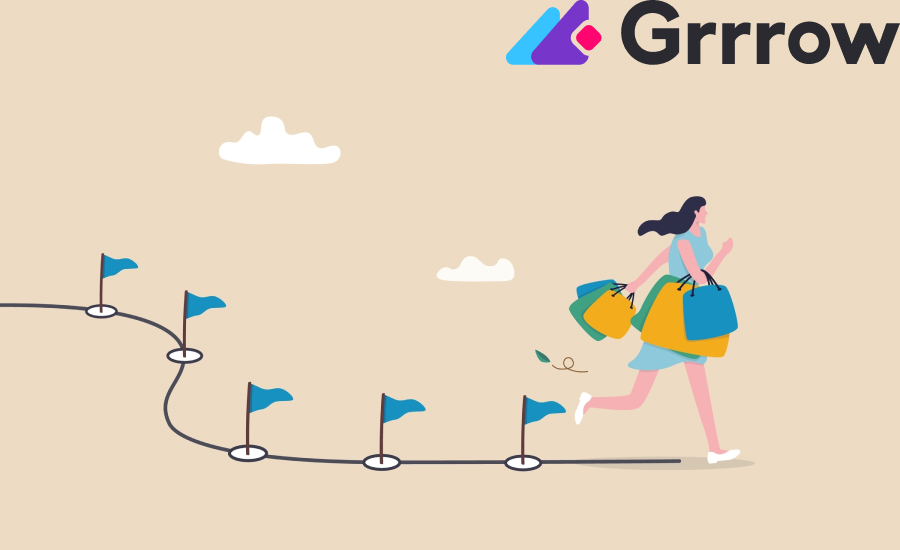
Here are some examples of what your decision-stage ads should do:
- Live Demo or Free Trial
- Consultation Offer
- Coupons
As your prospects get more and more interested and invested, this is what can help them complete their journey through the buyer’s funnel to purchase.
1. Live Demo or Free Trial
This tool is a logical development of the idea of free samples. You allow the customer to take your product or service for a test drive – a tactic that car dealerships have used for decades to a great effect. Assuming that the product or service itself is what the buyer is looking for, your sales team simply should make the close and handle their objections.
2. Consultation
This is another example of delivering a bit of service for free in exchange for potentially closing the deal. A consultation offer can reduce the customer’s anxiety about initiating a sales conversation, while also promising something (actionable advice or strategy) they can walk away with in exchange for their time.
3. Coupons
This tool of the decision stage appeals to the mindset called FOMO (fear of missing out). You reduce the price for a certain period to hand a price objection and convince the client that if they don’t use the coupon they’ll be missing out on a great deal. This is often enough to decidedly convince the client to accept your offer.





